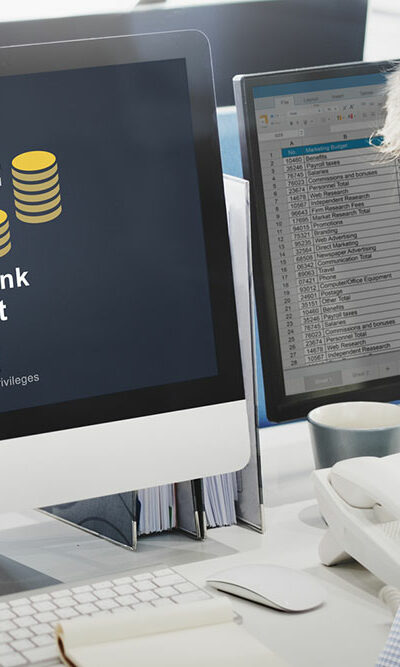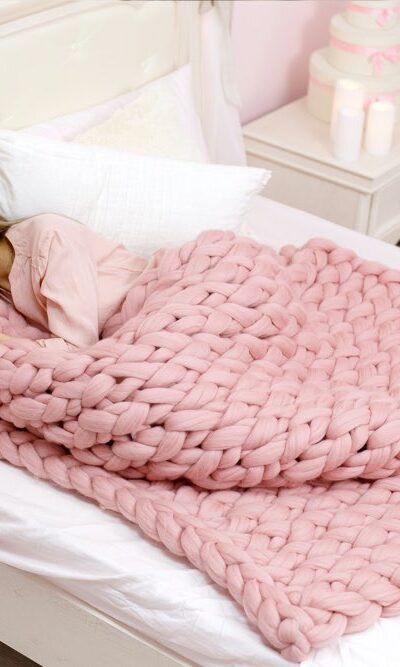
Top coat and jacket brands and styles
The number of options and brands while you are shopping for a new jacket or coat can get your head spinning. But understanding different jacket styles and knowing reliable brands can help you find a comfortable and stylish jacket. So, let’s take a look at the most popular jacket styles and where you can find them. Popular jackets and coats Here are a few most popular jacket and coat styles that are en vogue: Leather jackets Apart from being a super-popular jacket-type among both men and women, it is also one of the most worn ones. They work perfectly when paired with almost anything–jeans, dresses, chinos, and turtlenecks–you name it! They come in a variety of colors and designs and provide a good amount of warmth for a mildly cold day. Trench coat Trench coats were quite popular during World War I, as they kept soldiers safe from the cold and rain. These iconic coats have since evolved into stylish pieces and are now available in various fabrics, styles, and colors. They are versatile and pair well with boots. Bomber jackets Traditionally, the bomber jacket was worn by the U.S. Air force flight crew. Now, it is one of the most worn jackets across the globe. Bomber jackets are distinguished by their oversized sleeves with comfortable elastic bands on the wrists and waist. They are casual and very easy to style. You can simply throw it over a tank top, jumpsuit, or trousers to elevate your look. Top three jacket brands Here are a few brands that sell good quality and long-lasting coats and jackets: Lafayette 148 You can find a variety of jackets, coats, blazers, and vests for men and women at Lafayette 148. Their winter wear is one of a kind, starting at around $600. Moreover, the luxury brand offers comfortable coats and jackets for people of all body types and style preferences.










